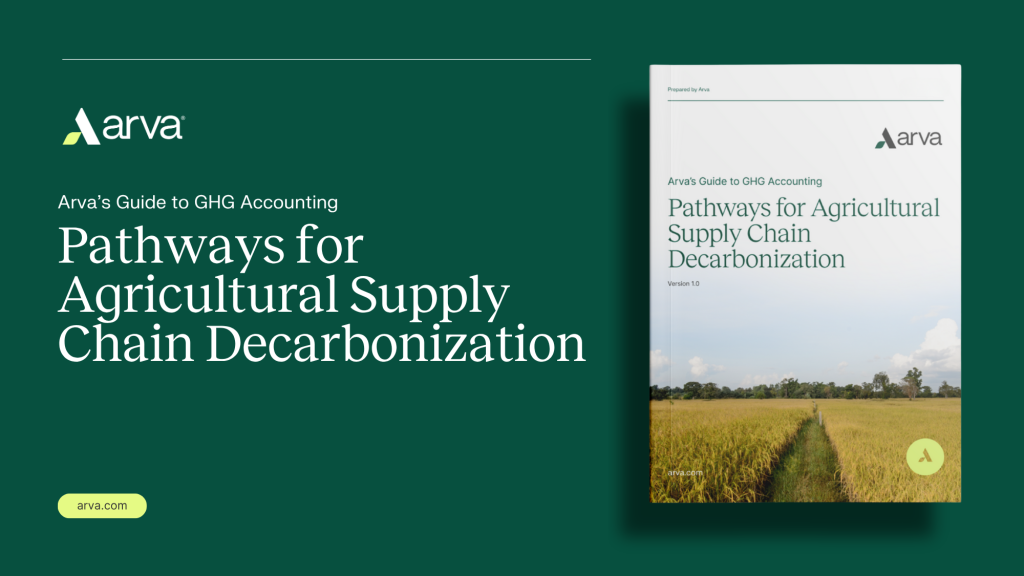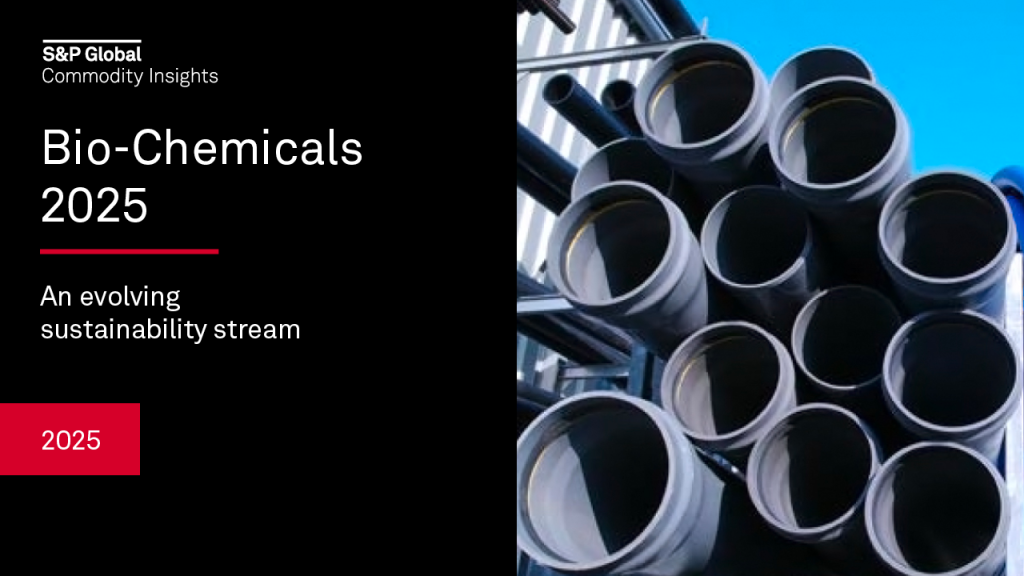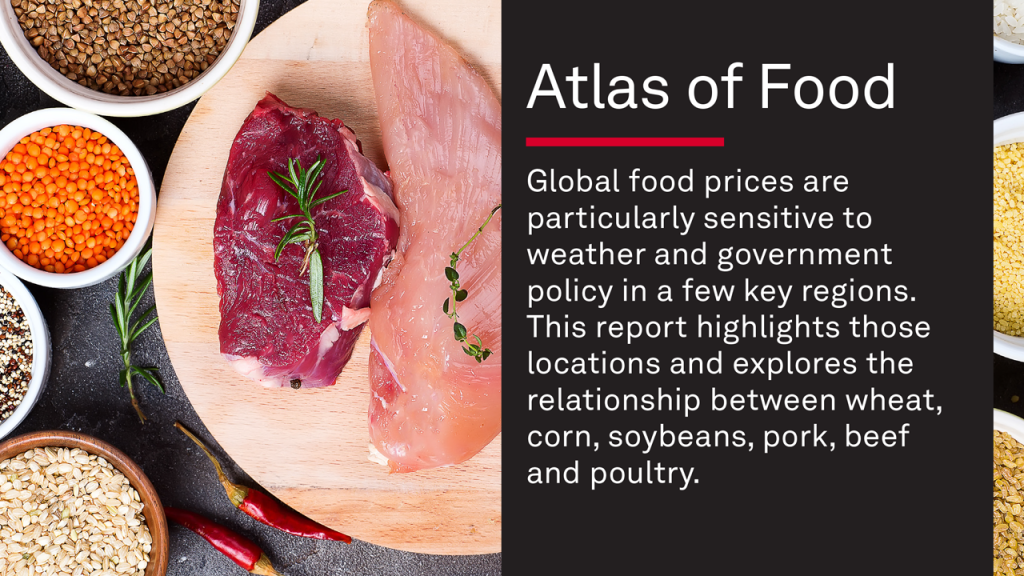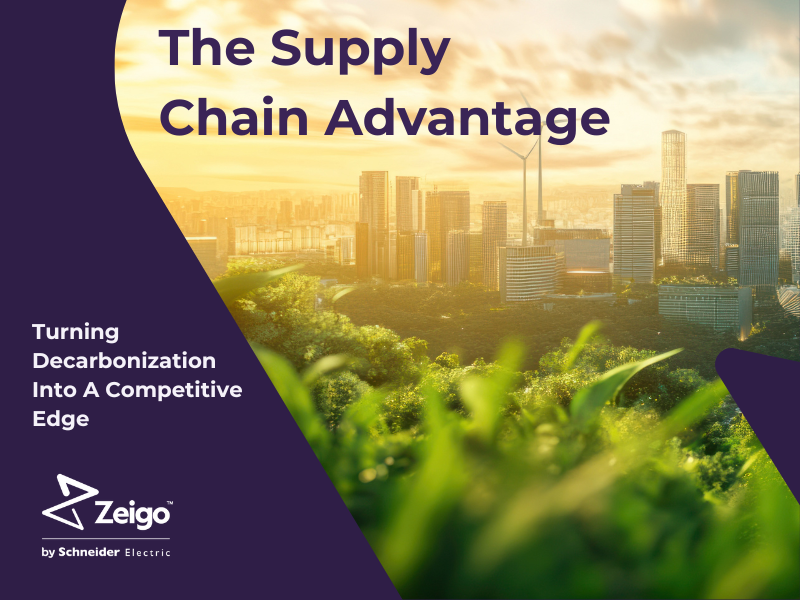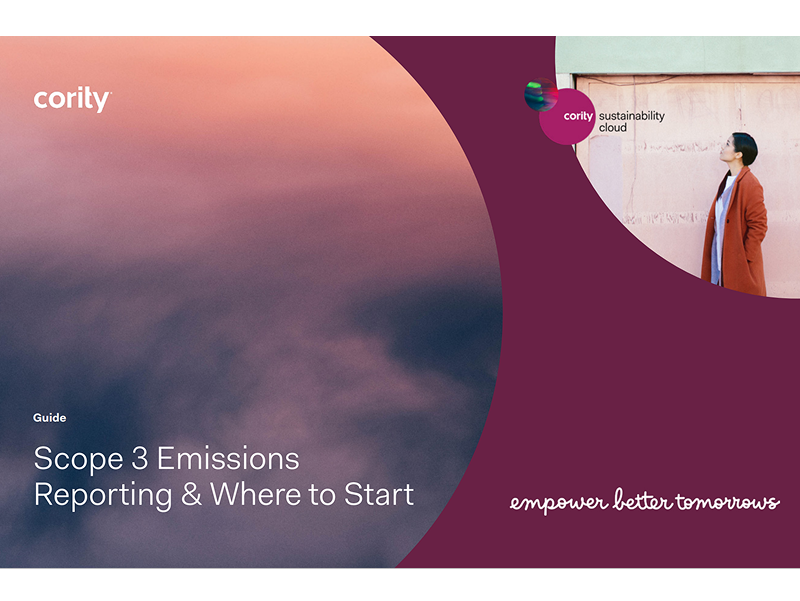Inside Levi’s and Schneider’s bid to clean up garment supply chains
The partners aim to accelerate renewable energy adoption among suppliers in India, creating a model for industry-wide change. Read More
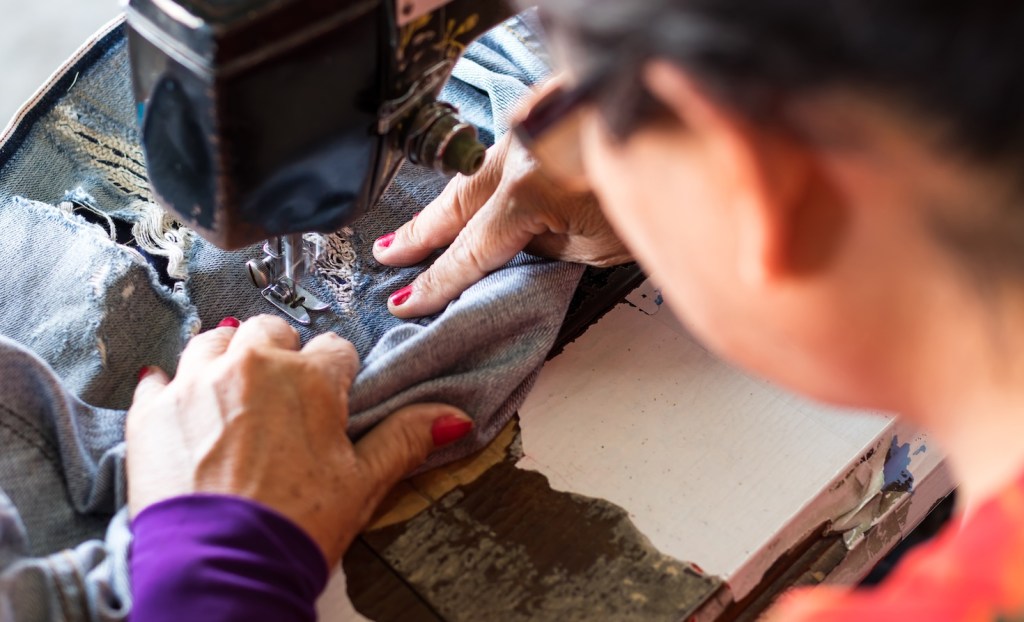
- Levi’s LEAP program will help 70 suppliers in India adopt renewable energy through pooled power purchase agreements and onsite installations.
- The work could deliver 3 percent of Levi’s supply-chain emissions cuts toward its 2030 goals.
- Because Levi’s shares suppliers with many other brands, the effects of LEAP may ripple across fashion.
Levi Strauss is teaming up with Schneider Electric to help garment suppliers in India adopt renewable energy. The partnership seeks to engage, educate and assist about 70 suppliers in inking deals over the next three years.
The hope is that those suppliers will later roll out the learnings to their own suppliers, driving emissions reductions deep into the Levi’s supply chain.
That need gnaws at the fashion industry. Upstream activities — from producing raw materials to producing yarns, fabrics and garments — make up 70 percent of its climate emissions, according to the advocacy group Fashion Revolution.
The Schneider-Levi’s LEAP collaboration, announced Sept. 23, addresses complaints suppliers have expressed about the difficulties of doing away with the dirty coal and gas that is ubiquitous to apparel factories and mills. LEAP, which stands for LS&Co. Energy Accelerator Program, also draws on Levi’s learnings over the past three years from participating in Walmart’s Project Gigaton power purchasing agreement.
The San Francisco brand projects that shifting to renewable energy can deliver as much as 20 percent of the supply-chain emissions cuts needed to meet its 2030 target: a 42 percent reduction over 2022 levels. The new project in India would make up about 3 percent of the near-term Scope 3 emissions, according to Levi’s Senior Director of Global Sustainability Jennifer DuBuisson.
The proof-of-concept LEAP initiative will help companies either broker power purchase agreements or install solar or other sources onsite. The company plans to “meet suppliers where they are,” she said. “We’re a little bit renewable-energy-mechanism agnostic.”
Levi’s and Schneider want to expand LEAP to the European Union or Asia-Pacific nations as soon as 2026.
The Schneider factor
It’s the first time Schneider has formed such a partnership in fashion. Based outside of Paris, the energy management firm’s other collaborations have touched retail (Walmart’s Project Gigaton), real estate (Blackstone portfolio upgrades), food and beverage (PepsiCo supply chain energy cuts), technology (Microsoft’s 100-percent renewable energy goal) and healthcare (Pfizer efficiency and renewables).
Levi’s has already engaged since 2022 with Schneider in Project Gigaton PPA. Through the project, an Orsted wind farm in Kansas is meant to provide most of the electricity needed through 2036 by the U.S. and Canadian plants Levi’s owns and runs.
“By extending that experience to their own suppliers through LEAP, Levi’s is building confidence in what’s possible and creating a practical, partnership-driven model that others across the fashion sector, and beyond, can replicate to accelerate decarbonization,” said John Powers, vice president of global cleantech and renewables at Schneider Electric.
Sampling Levi’s suppliers
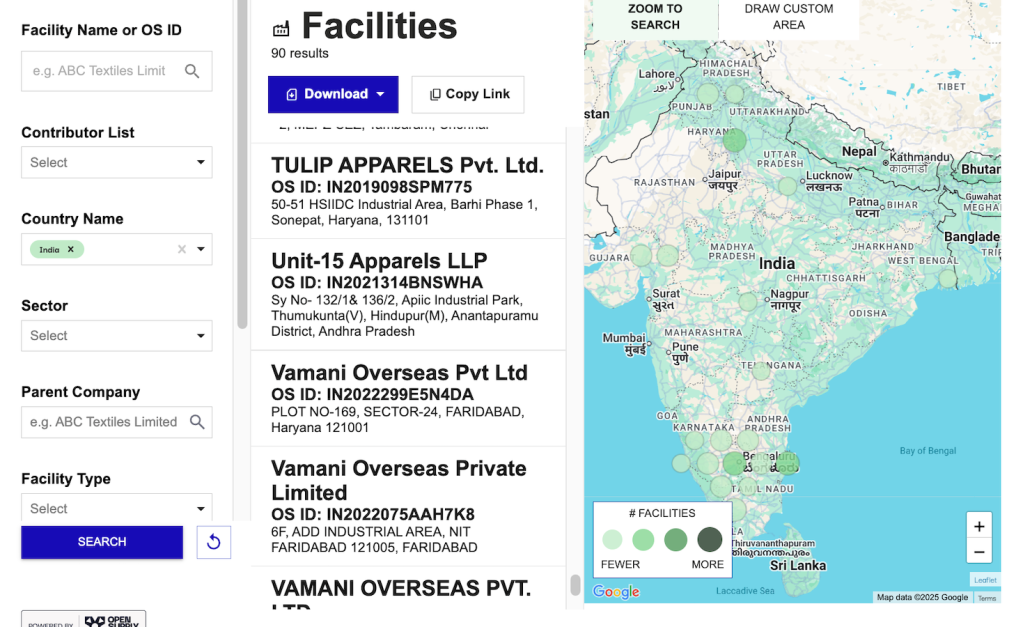
Ceres Company Network Senior Director Mary Ann Ormond praised the denim maker’s transparency in both its climate transition plan and the co-launch of LEAP.
Levi’s was an outlier in its industry for creating a Climate Transition Action Plan in 2024 that details near-term steps toward net zero. That process helped to prioritize emissions-slashing priorities, according to DuBuisson.
“This transition plan highlights that it is not about a silver shiny bullet that does not exist,” DuBuisson said. “These are solutions in the market today that we need to be accelerating, and that’s what we’re trying to do with LEAP.”
Schneider’s experience appealed to Levi’s, she added. “There’s a whole team with years of expertise sitting on the ground ready to answer suppliers’ questions and help them develop the business cases they need.”
In Levi’s other supply chain decarbonization work, it is involved with both the Apparel Impact Institute’s (AII) Carbon Leadership Program and AII’s efforts to advance thermal energy including heat pumps. AII works in India to help textile manufacturers electrify and ditch fossil fuels.
India made an ideal launch pad for LEAP in part because it allows for pooled PPAs, according to DuBuisson. “I was just there and continue to be inspired by the amount of innovation and amazing work that’s happening among these suppliers,” she said. Other favorable conditions include incentives for renewable energy purchasing.
Fashion emissions
With LEAP, Levi’s is taking a stand on the fashion industry’s hidden emissions gorilla within Scope 3. It may have ripple effects across the industry, or at least among the suppliers that serve many other brands, too.
“As measures of success, we hope to see a measurable increase in suppliers’ renewable electricity procurement in India and eventual expansion of the program throughout Levi’s supply chain to reduce Scope 3 emissions, increase supply chain resilience and inspire peer companies to take similar actions,” said Ormond of Ceres.
However, some critics want multi-billion-dollar brands such as Levi’s to back suppliers financially, too.
“Fashion brands helping their suppliers overcome barriers to access high-quality, additional renewable energy through mechanisms like onsite solar and PPAs is a sure sign of progress in turning climate targets into tangible action,” said Ruth MacGilp, fashion campaign manager of Action Speaks Louder. “However, technical support without financial investment and fair purchasing practices to fill the gap of upfront costs is unlikely to reduce risk for suppliers at a sufficient scale for deep decarbonization.”
DuBuisson pointed out that Levi’s is continuing two programs that help to lower climate-transition financing costs for suppliers — the International Finance Corporation’s Global Trade Supplier Finance and HSBC’s Sustainable Supply Chain Finance Program. “But ultimately we really see LEAP as a play in resiliency for suppliers and the ability to make them more competitive for the many brands they are likely sourcing for,” she said.
“All boats rise. A supplier is producing garments for multiple brands and whether it’s a Levi’s program or another program, this is about decarbonization. That’s what we’re after.”

